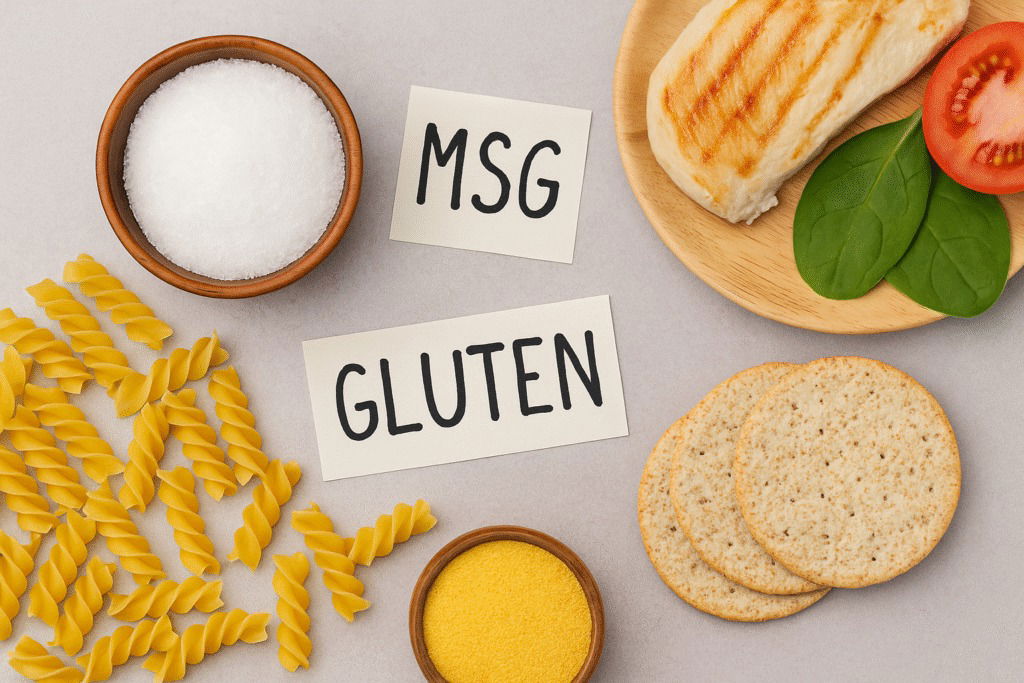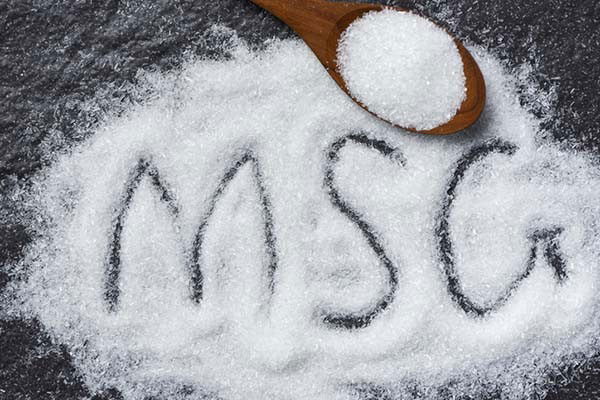
You’ll find it in sauces, broths, snacks, fast foods, and even frozen meals. Its name might slip under the radar on ingredient labels, but its effects on the body are facing growing scrutiny.
We’re talking about monosodium glutamate (MSG), a popular flavor enhancer in the food industry, which many studies and personal accounts have linked to bothersome symptoms such as bloating, gas, and even persistent fatigue.
What is MSG?
Monosodium glutamate, labeled as E621, is a sodium salt of glutamic acid, an amino acid naturally present in many foods.
In food production, its key role is to intensify flavors, creating the savory “umami” taste that many people find appealing.

You can find MSG in:
- Instant soups
- Frozen dishes
- Bouillon cubes
- Salty snacks
- Processed sauces
- Seasoning mixes
- Processed meats
Although health authorities have generally approved its use, frequent consumption can trigger side effects in people who are sensitive to it.
The most common effects on the body
1. Gas and bloating
A number of people report digestive problems after consuming MSG, such as bloating, heaviness, or intestinal gas.
This may relate to how the additive is metabolized and its possible impact on gut balance.

2. Headaches and fatigue
Another widely reported issue is known as “Chinese restaurant syndrome,” involving symptoms like:
- Headaches
- Chest pressure
- Heart palpitations
- Dizziness
- Sudden, lingering tiredness
While not everyone experiences these reactions, those who are particularly sensitive may feel the effects even hours later.
3. Potential links to sleep and focus problems
Some studies suggest that too much MSG could influence brain activity by affecting neurotransmitters, which might lead to issues with sleep, mood, or concentration.

How to spot MSG in your food
MSG does not always appear with its full name on food labels. Look out for these terms:
- E621
- Hydrolyzed vegetable protein
- Yeast extract
- Sometimes even “natural flavors”
Natural alternatives to replace MSG
If you’re looking to cut back on MSG, you can switch to healthier ways of boosting flavor, such as:
- Herbs and spices like turmeric, cumin, pepper, and oregano
- Homemade broths from bones, vegetables, and herbs
- Low-sodium soy sauce without additives
- Nutritional yeast (inactive)
- Fresh garlic, onion, or lemon juice

In conclusion
MSG is so widespread in modern foods that many people consume it without realizing it. But if you often notice bloating, gas, fatigue, or digestive discomfort, it might be worth reading labels and reducing your intake.
Paying closer attention to what you eat is a simple way to look after your long-term health.
Listen to your body, track how you feel after eating, and remember that returning to natural, minimally processed foods is almost always the best choice.


















